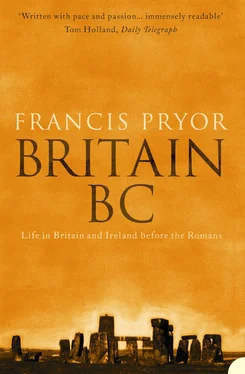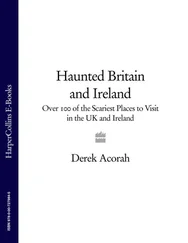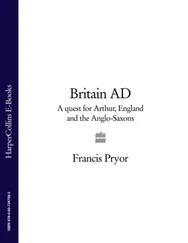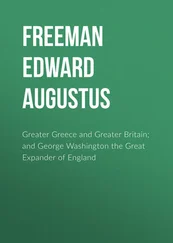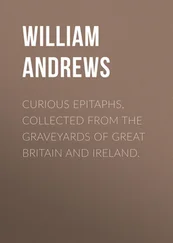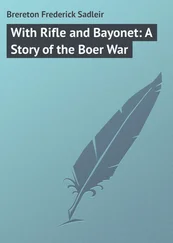So, if Star Carr is out, where can we look for a site of the early postglacial period, around 8000 BC, where there is evidence that people actually lived on the spot – our elusive so-called ‘home-base’? Must we seek out somewhere remote, untouched by the passage of time? Perhaps up in the hills? Or a cave? Far from it. In fact it’s in the pleasant rural town of Newbury in Berkshire that we’ll meet one of the heroes of this book, the great John Wymer, once again.
The date is 1958, and John is working for Reading Museum. The site he is interested in lies in the valley of the Kennet, a tributary of the Thames, nearly two miles east of Newbury, near Thatcham, the village after which it is named. Like several archaeological sites I am personally familiar with, including my own project at Flag Fen, Peterborough, the Thatcham site lies close to a sewage outfall works; but in this instance there is an additional and more serious threat, and one that we will encounter more often as time passes – namely gravel extraction. Today the site is a large flooded hole. John and his team from Reading and Newbury Museums worked on weekends between 1958 and 1961, and his full report was published with model promptness in 1962. 17
England has a long and honourable tradition of amateur archaeology, which in the first part of the twentieth century was pretty well indistinguishable from the professional. It was amateurs, mainly, who established many of the county archaeological journals in Victorian times, and it was amateurs who found and then kept an eye on well-known sites in case they came under threat. The Newbury area had its own group of archaeological stalwarts who located a number of Mesolithic flint scatters in fields close to the river Kennet at Thatcham and in Newbury itself. In 1921 a trench through one of the flint scatters was excavated at Thatcham. This produced clear evidence that flint implements were actually being made on site. There were finished implements, but there were also numerous flint waste flakes, the by-products of flint-knapping.
The earlier work made it essential that something be done about the site when the threat of gravel-digging arose in the late 1950s. Today a threat of this sort to an archaeological site would lead to a dig which would be funded by the company that owned the gravel quarry – which is fair, as it is they who stand to profit from the site’s destruction. But in those days there was less justice, and the local archaeologists had to find the money, which they managed to do, from the local museums, the Prehistoric Society and Cambridge University. The Prehistoric Society, incidentally, is the national society for the study of all pre-Roman archaeology. Its Proceedings is an academic journal of record, and is pretty technical. But it also organises tours of prehistoric landscapes in Britain and Europe, and has regular meetings, a wide non-professional membership, and a lively newsletter, Past. 18 The Society helped to excavate Thatcham – and dozens of other sites in Britain.
As a first stage, John Wymer decided to cut a quick reconnaissance or trial trench in December 1957. This produced quantities of flint and scraps of bone which lay beneath nine inches (twenty-three centimetres) of peat and eighteen inches (forty-six centimetres) of peaty topsoil. This depth of material was hugely important, because it meant that the site beneath was sealed intact. It could never have been damaged by ploughing, and the presence of the in situ peat bed clearly demonstrated that it hadn’t. John immediately realised that he had an extraordinarily important site on his hands.
As work progressed in the seasons that followed that winter exploratory trench, it became evident that Thatcham was not just one site. It was clearly a place where people settled repeatedly, as there were distinct concentrations of flint and other debris on the gravel terrace that ran along the river. Although many flint implements were made there, Thatcham doesn’t seem to have been a place where specialised tasks were carried out, like the antler-working at Star Carr. And there was a huge variety of things found: antler and bone, as at Star Carr, hammerstones for flint-working, flint axes or adzes and vast numbers (16,029) of waste flakes, blades (1,207), cores (283) and those tiny, geometrically-shaped microliths (285) that were used to make composite spears and arrowheads. At Thatcham waste flakes formed 96.5 per cent of the entire flint assemblage, even higher than at Star Carr (92.8 per cent).
John’s style of excavation was rather like that of Stephen Aldhouse-Green, somewhat more recently. Both are neat and extremely meticulous, and both make a point of recording everything they find three-dimensionally. This takes time and effort; it also only happens if the crew actually doing the work are happy and highly motivated – and that’s the real skill of a successful dig director: somehow he must keep people informed and enthusiastic, otherwise they won’t willingly do what he asks them.
The most important concentration of occupation debris at Thatcham was unearthed in an area known as Site III, where John had not expected to find much. Like the other settlement sites it was located on the edge of a slope which dipped down to reed beds along an edge of the river floodplain. In Mesolithic times it would have been on the edge of a large lake. The area in question was actually a shallow dip when seen from the surface, and John had quite reasonably expected to find better evidence for settlement on the drier humps than in the damper hollows. But in this case his guess was wrong, which, paradoxically, is why he is such a good field archaeologist. A lesser man would only have put trenches where he expected to make discoveries. A good archaeologist, however, is always aware that he must break the mould, destroy the predictable chains of reasoning.
Like other sites at Thatcham, Site III was dug by yard (metre) squares, and flints were recorded to the appropriate square. As the crew worked they were amazed by the density of flints they found: sometimes as many as two to three hundred per square, and in one extraordinary instance a massive 764. In amongst the flints were numerous burnt pebbles, burnt and unburnt bones, burnt hazelnuts and spreads of charcoal, clear evidence for hearths or fires – and indeed for food, both meat and nuts. This was clearly a domestic site, and clearly too it had been occupied more than once, because some of the flints showed signs of having been worked twice. The sheer quantity of material also indicated repeated use of the place.
There were also some areas of Site III where there were low densities of flints. If we plot the densities at Site III, we notice that there’s an area near the centre of the site which is relatively free from flints and surrounded also by hearths. If one assumes that flint-working was an activity best carried out in the open (as we saw, for example, at Boxgrove), this could well have been a place where light structures were erected when people returned to the site. It measures about 6.5 by 5.5 metres, and has a floor area of some thirty-five square metres – large enough for a single family. In northern Europe there is evidence that early postglacial people made houses by bending birch saplings and covering them with hides. These are about the same size as the possible house-sized space at Thatcham.
It seems probable that more than one family occupied the ridge at Thatcham, and that, like other communities of the time, they were mobile. Their home-base was probably occupied in the summer months, and analysis of pollen shows it to have been positioned within birch woodland, on the edge of the lake. 19 They hunted a variety of animals, including both native species of deer, and wild pig (a term I prefer to ‘wild boar’, which implies that all the animals are male) was particularly important.
Читать дальше
